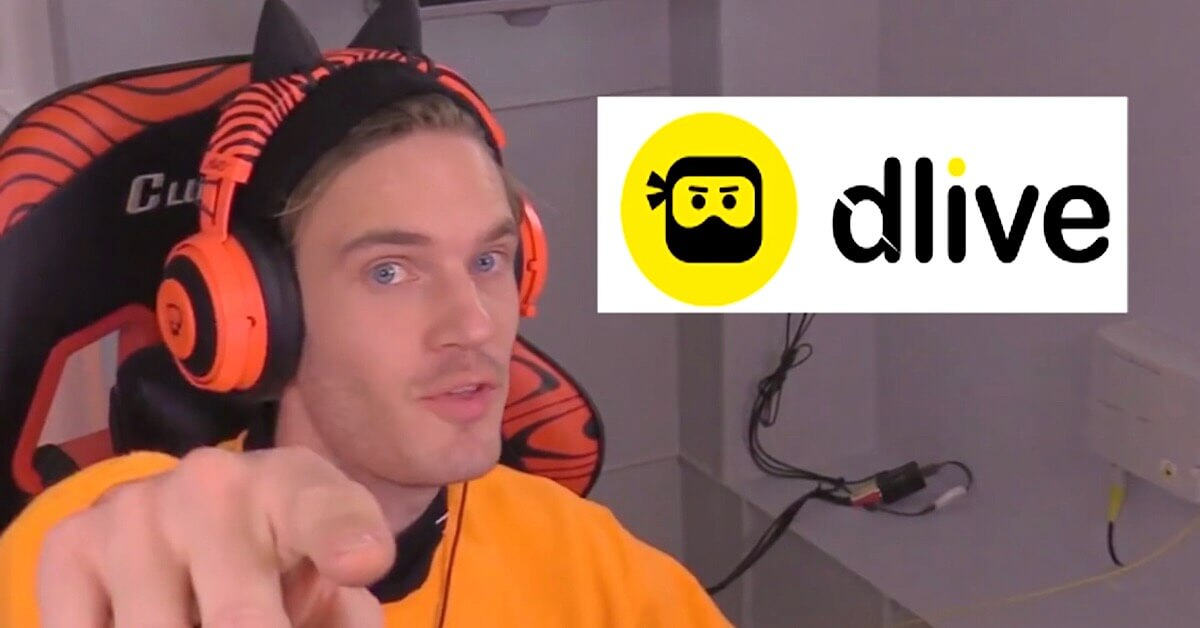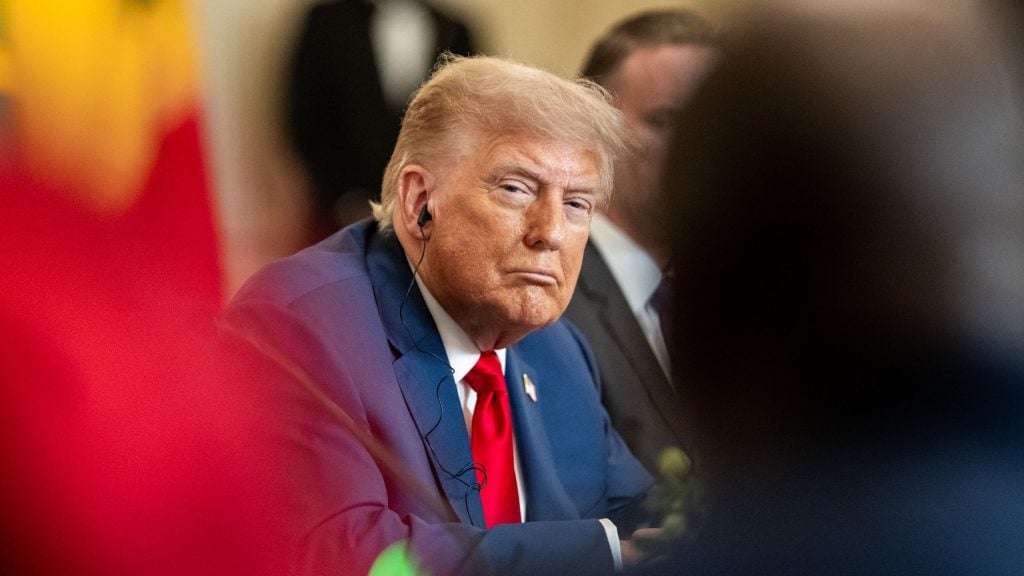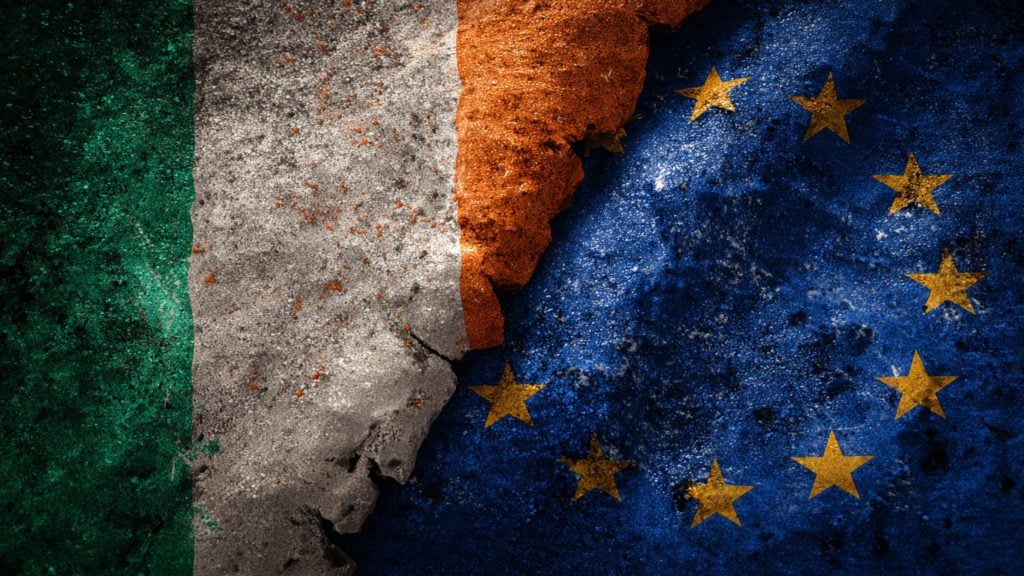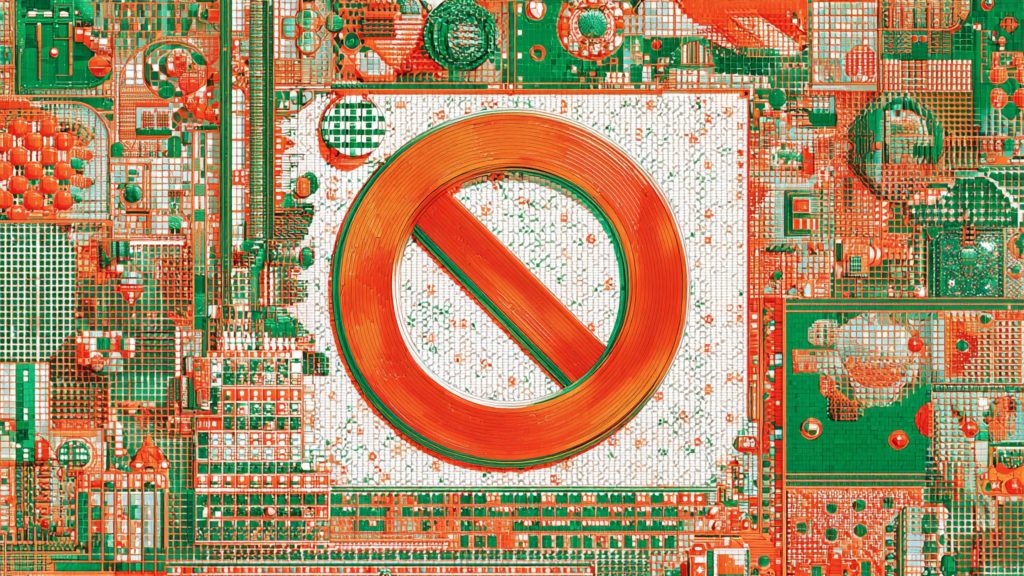YouTube’s biggest star PewDiePie has announced that he will be making his long-awaited return to live streaming on the decentralized blockchain-based platform DLive as part of an exclusive partnership with the company.
PewDiePie made the announcement at the start of his latest YouTube video. His first DLive stream will take place on April 14 at 10am PDT and during this initial stream, he’ll be donating between $10,000 and $50,000 worth of LINO points (DLive’s currency) to up to 100 streamers. PewDiePie also said he’ll be live streaming on DLive “very frequently” but didn’t reveal his streaming schedule.
DLive distinguishes itself from other live streaming platforms by:
- Empowering creators and viewers through a revolutionary rewards system where viewers can earn lino points by engaging with streamers
- Putting platform ownership in the hands of the users through blockchain technology
- Taking zero cuts from users’ donations and subscriptions (for comparison, YouTube takes 30% from channel membership subscriptions and super chat donations)
PewDiePie is YouTube’s most subscribed creator and currently has over 93 million subscribers. While alternative platforms platforms have been steadily growing their users numbers, this is the first time a creator with such a large audience has embraced one of these platforms and it could help to establish DLive and other alternative platforms as major competitors to the leading social media platforms.
Currently, the online live streaming space is primarily dominated by YouTube and Twitch, so having DLive grow into a comparatively large alternative would provide some much-needed competition in this space. Since DLive takes no cuts from its creators, the competition is likely to encourage YouTube and Twitch to offer more beneficial revenue sharing models to their streamers.
The increased profile DLive gets from the PewDiePie partnership could also help to spur the growth of other alternative platforms such as Gab, Dissenter, and BitChute. As more high profile creators see PewDiePie embrace alternative platforms, they may be encouraged to try out these alternatives themselves, bring a larger audience to these alternative platforms, and build them up as strong competitors to mainstream social media platforms.












